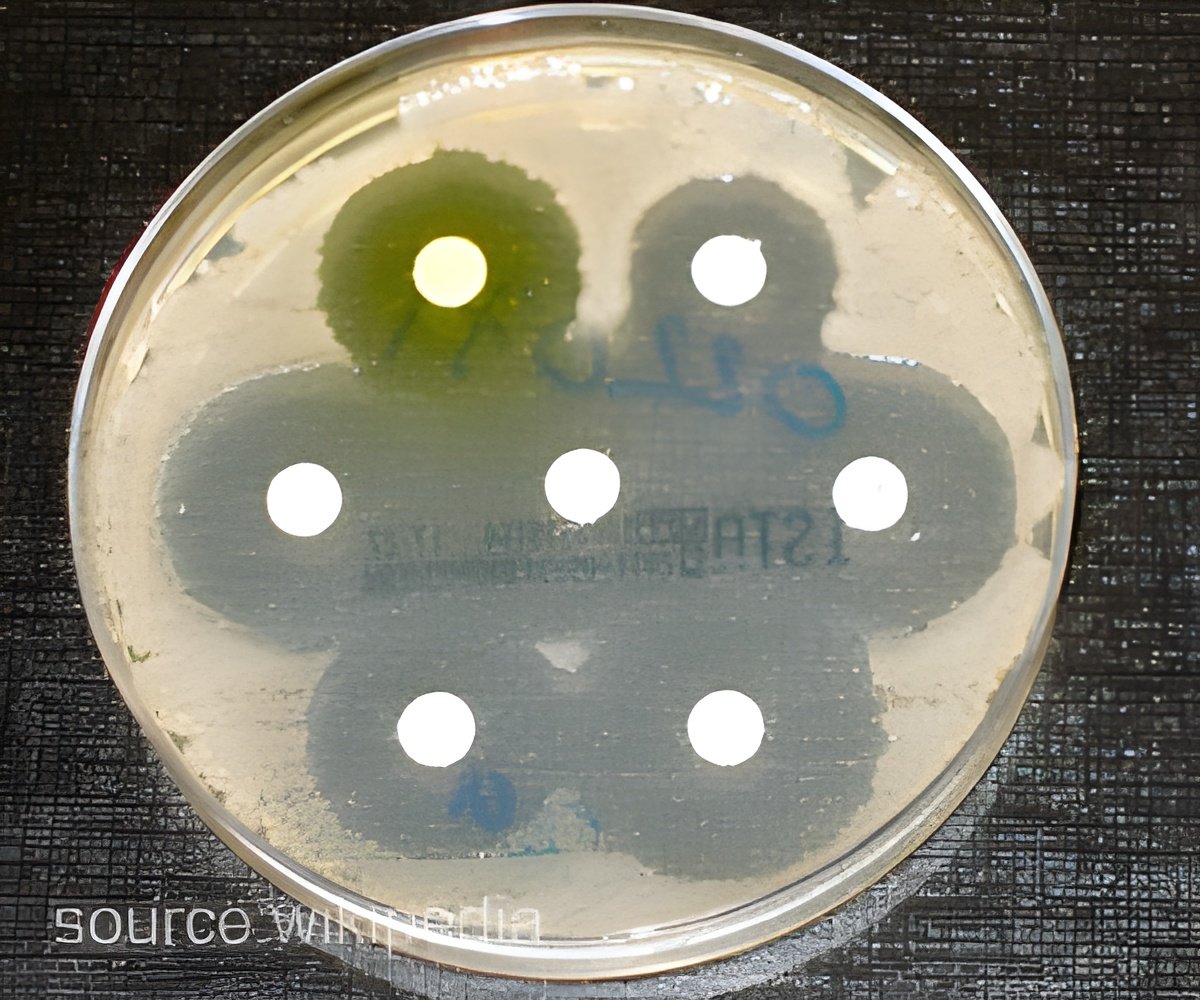
‘Carbapenems are a subset of β-lactam antibiotics. Β-lactam antibiotics which are not carbapenems are legal for use on farms in the US.’
Tweet it Now
Carbapenem resistant bacteria are not uncommon in hospitals. However, in the US, carbapenems are not used in agriculture because of their importance to human health. "It's a surprise that they would show up in livestock," said corresponding author, Thomas Wittum, PhD, Professor and Chair of Veterinary Preventive Medicine, The Ohio State University. Like many antibiotic resistance genes, the carbapenem resistance gene in this report, called bla IMP-27, is carried by a plasmid. Plasmids are small pieces of independent DNA that can move easily from one bacterium to another, including across species.
Additionally, the particular plasmid on which bla IMP-27 was found has one of the widest host ranges of any plasmid, said first author Dixie Mollenkopf, a graduate student in Wittum's lab.
This combination of attributes, and the fact that carbapenem resistance was recently designated an urgent threat to public health by the Centers for Disease Control and Prevention led the researchers to investigate whether bacteria with carbapenem resistance genes such as bla-imp-27 might be present in agricultural animals or in agricultural settings, said Wittum.
The investigators used gauze swabs to obtain samples from floors and walls of pens, as well as swiffers, to collect environmental and fecal samples from a 1,500 sow, farrow-to-finish pig farm during four visits over five months. Despite all the work they had put into the study, they were still surprised to find carbapenem-resistant bacteria growing in the agar plates, said Mollenkopf. Nonetheless, the numbers of isolates bearing bla IMP-27 were few.
Advertisement
Still, finding the gene at all on this particular farm was somewhat mysterious because no new livestock were introduced on it during the past 50 years, said Wittum. The farm had bred all of its animals during this time.
Advertisement
The investigators suggest that in light of their results, monitoring farms will be important, to ensure that they do not become a source of bacteria with carbapenem resistance genes such as of bla IMP-27 within the human population. Additionally, "We may need to examine some of the practices of farms, and evaluate whether they are really appropriate, and whether the benefits outweigh the risks," said Wittum. Such practices include administering Ceftiofur, to all piglets in the farrowing barns rather than just those that happen to sicken, an FDA-approved application known as "disease control."
Source-Eurekalert









